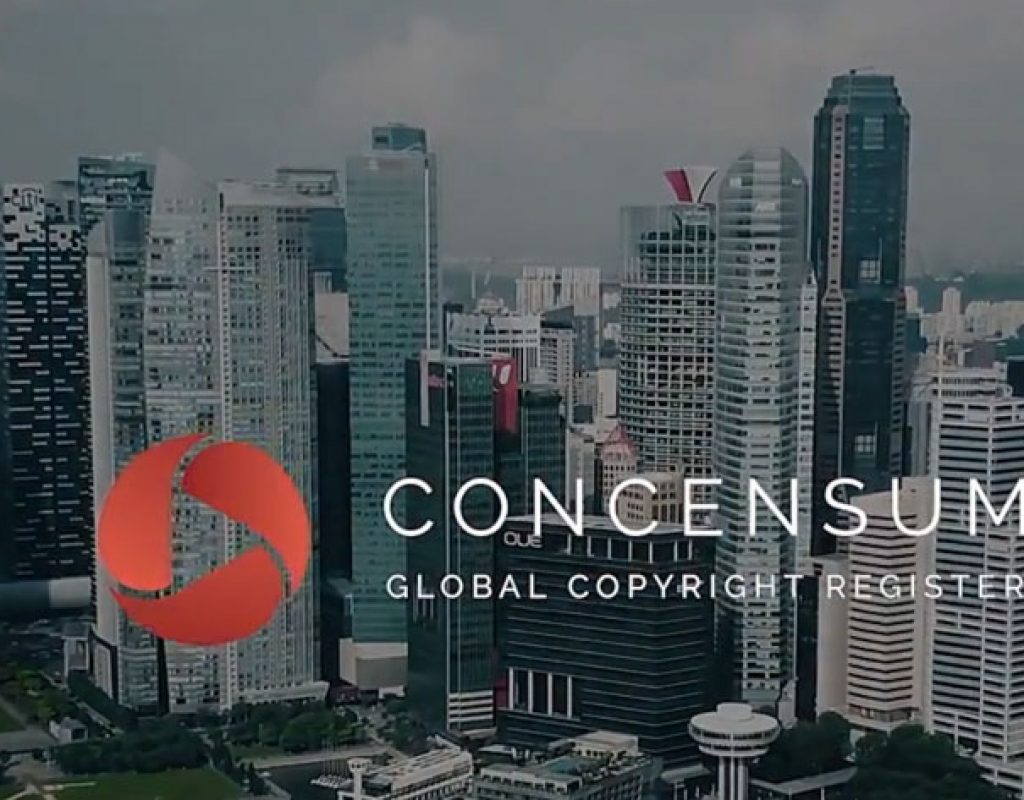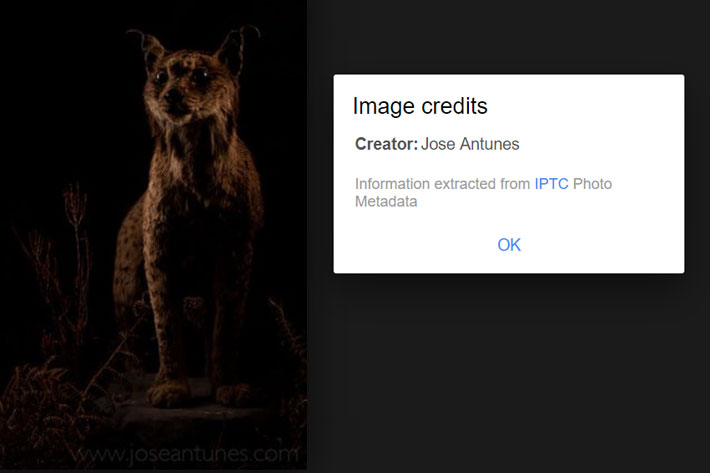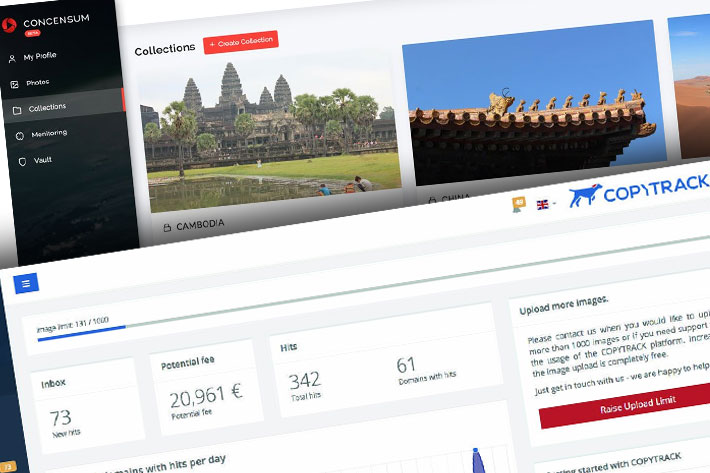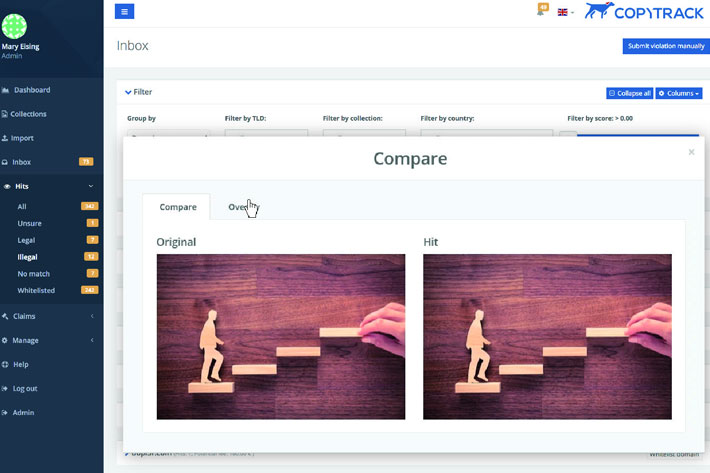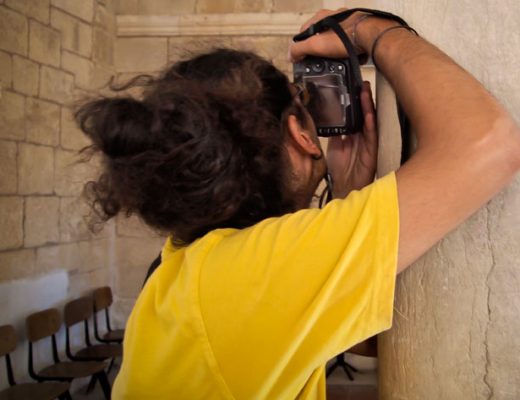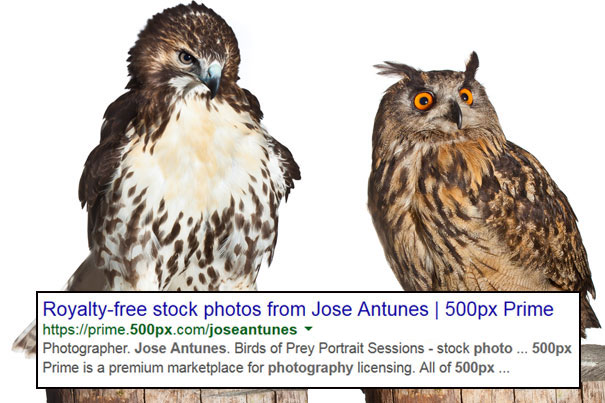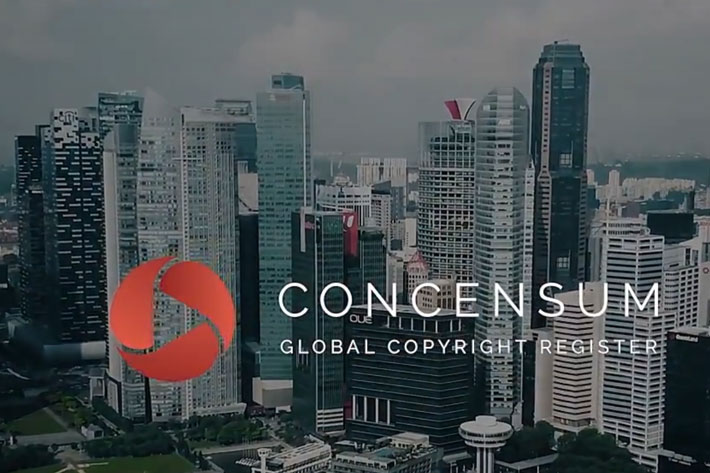
Concensum’s Global Copyright Register, which will launch soon, will track your photos online and go after whoever stole them. The blockchain technology can also be used to protect video and music.
I’ve more than $10000 in fees to collect for the usage of my photos online without permission. That’s just from five images I uploaded to a website that tracks image usage online, to test the system. Christmas is coming earlier for me this time… Now that I’ve grabbed your attention, let me tell you the whole story. Or start telling you a story, as I expect to write some more articles about what you can do to – or try to – protect your work online.
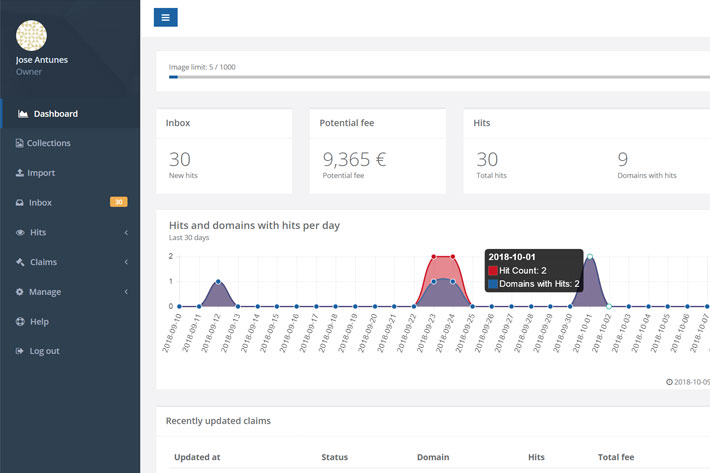
A couple of months ago, while writing another article for PVC, I started to explore further the options available to photographers and other professionals, including videographers, to protect their copyright online. That’s a story I want to write, soon, as I’ve, now, new information which I believe is worth sharing with readers. But events at the recent Photokina, where some companies showed their solutions to deal with copyright issues around the world, and the launch, recently, of the live beta-testing of Concensum, justify a look into this new and promising landscape.
Concensum was created with a goal: to offer a Global Copyright Register based on blockchain technology that can be used to protect everything, from photography to video or music. The system will track your images online and you should probably register and try it, if you’re worried about what happens to your images online. After all, 3 billion images are shared online every day, and 85% of them get stolen.
Google now loves your metadata
Before we go ahead, though, let’s look at Google’s recent announcement that “as part of a collaboration between Google, photo industry consortium CEPIC, and IPTC, the global technical standards body for the news media, you can now access rights-related image metadata in Google Images.” To see this information on Google Images, you can click on the “Image Credits” link to view the metadata fields. Google also wants to include Copyright Notice metadata.
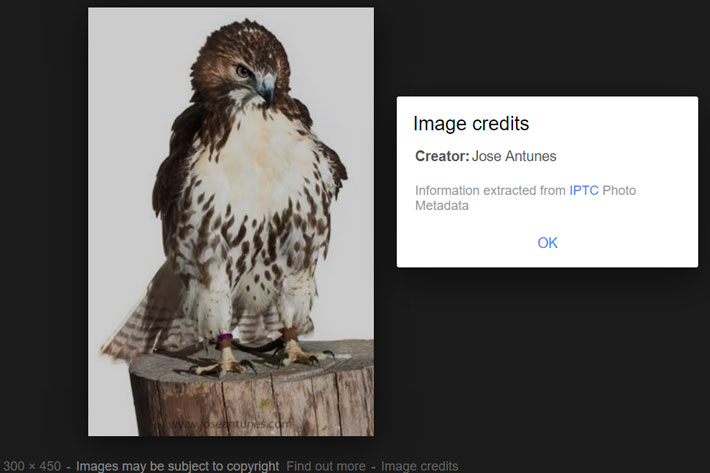 It’s traditionally been difficult to know the creator of images on the web, as well as who might own the rights. This information is often part of image metadata, and is key to protecting image copyright and licensing information. For Google to be able to read the information, it has to be there first, so users should confirm that the software used to edit and upload the images does not strip them of the metadata (as is the case in some “save for web” solutions). This will guarantee that the images keep all the info needed.
It’s traditionally been difficult to know the creator of images on the web, as well as who might own the rights. This information is often part of image metadata, and is key to protecting image copyright and licensing information. For Google to be able to read the information, it has to be there first, so users should confirm that the software used to edit and upload the images does not strip them of the metadata (as is the case in some “save for web” solutions). This will guarantee that the images keep all the info needed.
Google also said that “in partnership with CEPIC and IPTC, we hope to create better usage guidance for photographers, photo agencies and publishers to include copyright and attribution information in image metadata”. For more on how to best implement IPTC metadata, refer to the IPTC Guidelines.
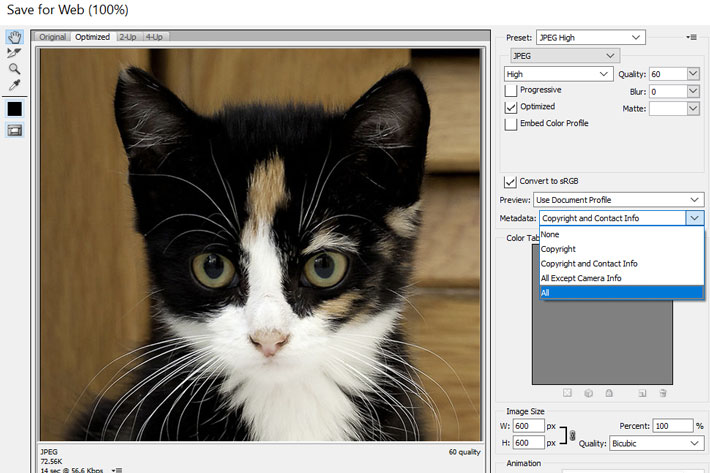
A win for professional photographers
Andrew Fingerman, CEO of PhotoShelter, a provider of digital asset management tools for photographers and brands, describes why this is a big step for Google Images: “Employing IPTC metadata standards in Google Images results will help ensure proper attribution of credit and support photographers’ copyright, while also boosting the discoverability of content and creators. This is a win for the professional photo community.”
This new feature from Google Images will contribute to educate people and make them understand that not every image on Google is free, but it will not stop thieves from stealing images, even going to the extend of stripping them of metadata if it is there. Fortunately, there are other tools available to check if images are being used without a license. One of the new solutions is Concensum, which is a company that connects the copyright of digital content with its authors, based on blockchain technology to protect their assets worldwide.
Concensum, for photographers and agencies
To test the system that the Global Copyright Register aims to be, it had to go live, in order to synchronize the complex technologies associated with blockchain, nodes, token swap and smart contracts. The system is open to individual photographers, but the roadmap suggests that mid-November the system will also open to “agencies and other parties that own usage rights for images” and are part of the digital image eco-system. However, states Concensum, ”as they are not the authors, they can’t register copyright. As many image and news agencies have exclusive usage rights, they can now also register their licenses.”
The roadmap indicates that by the end of November there will be further registry functions available, like dispute handling, as well as integration of the image marketplace functionality. The company suggests that “this will finally give power back to the creator who will now be able to register, monitor and license his or her images”. Finally, at the end of December, Reverse Image Search will be offered tor external users, “so they can reverse search images against registered images, uploaded images of our users as well as worldwide internet results.”
Blockchain can protect video, music and more
If the system works, there will be a global place for authors to register their work. While the Global Copyright Register is designed for images, the API will allow third parties to use the functionality of Concensum, as well as creating their own applications that interact with the blockchain, such as registry of copyright for video, music or text.
https://youtu.be/C6xDKU3xOf4
Policing copyright online is problematic for many users, both independent photographers and agencies, and that’s where the Global Copyright Register may help. In fact, behind Concensum is a company with some years of experience tracking potential infringements, Copytrack. The German based company will continuously monitor the online usage of images registered with Concensum and if they find a case of copyright infringement, they can use the risk-free post-licensing and enforcement service.
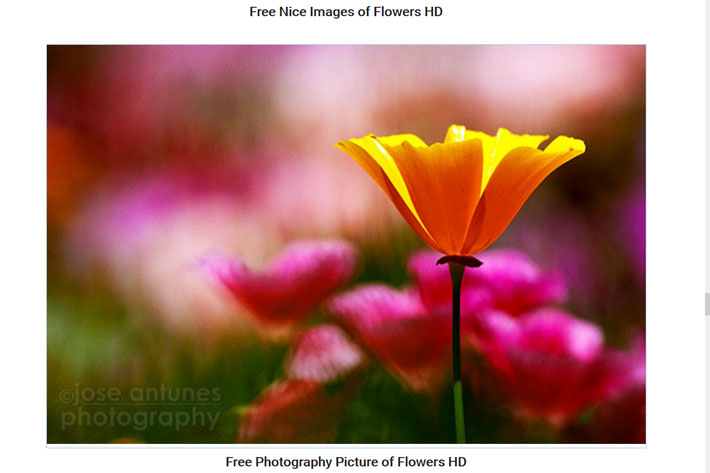
The “no win, no fee” policy
With more than 35 international staff members, who have already successfully enforced cases in more than 90 countries, the company founded in 2015 by Marcus Schmitt paves the way for carefree online use of digital images. In fact, the Berlin-based legaltech company not only monitors photos and illustrations used online, but also takes care of the worldwide subsequent licensing and legal enforcement of copyright infringements. According to their “no win, no fee” policy, the complete range of services is risk-free for all users, because Copytrack only receives a percentage commission in the event of success. So, you’ve nothing to lose and everything to gain if you try the system.
I’ve started using Copytrack a couple of months ago as part of my investigation into how these online services work, and I’ve yet to go ahead with the process, but my dashboard information at Copytrack suggests that I’ve over $10700 of potential fees to collect from copyright infringements. While I know that the total presented is not correct, as some of the hits correspond to legal use of images I’ve not yet marked as such, I reckon I can collect more than $4000 from illegal uses in websites from Panama to the United States or India. It’s a process that I would probably not start by myself – I’ve had that experience before, even in my country, and sometimes it is hard to win these cases – but the way Copytrack and Concensum work makes me believe it is possible.
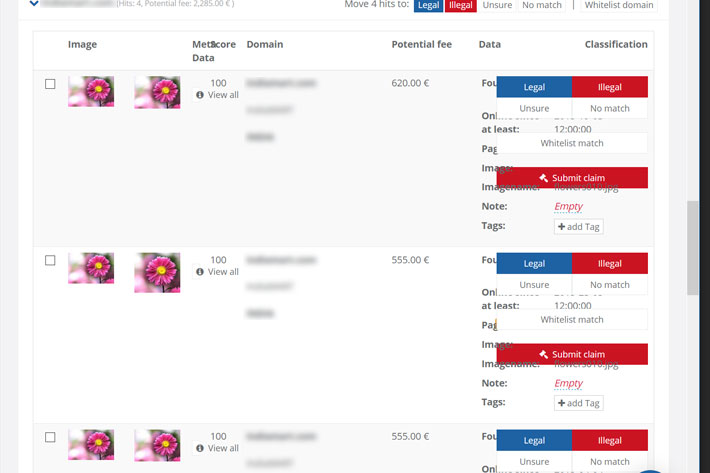
Identifying unauthorized use
Copytrack uses its own intelligent reverse image search technology to find images used without a valid license, which has a hit accuracy of approx. 98%. The process starts with the user simply identifying which found images are used without a valid license and Copytrack uses its own license calculator to help users determine fees automatically. As the company puts it, “users just have to import images, identify unauthorized usages, and let us take care of the rest. Ultimately, we want creators to profit from the opportunities of the Internet.”
I hope to have convinced you to try the system. If the Global Copyright Register works, we may all be on the verge of something new in terms of image usage online. That’s a subject I want to explore further, with more articles pointing to the solutions available not just for photographers, but to anyone who uses the web to promote their work, because their rights should be respected.
A few questions answered
Some of my own questions regarding image theft, blockchain technology and how it all works are, I believe, similar to those ProVideo Coalition readers may have. So I compiled a few questions and got the answers from Thomas Günther, Head of Marketing at Concensum.
What are the advantages of using Concensum/Copytrack?
Both companies are very beneficiary for photographers. Concensum enables the official and worldwide registration of images to prove their copyright. Copytrack finds illegaly used copies on the Internet and enforces copyrights. These two services combined are an important step towards our vision. We aim to support worry free online use of digital images, by providing secure licensing, licensing history, and seamless monetization for photographers.
Will the copyright register also work for other media, from videos to music?
The Concensum blockchain is open to any other applications for copyright owners, including video and music, as well as any other digital media subject to theft. The Concensum application (The Global Copyright Register), however, is solely for images.
https://www.youtube.com/watch?v=b6ilLXzL-Qg
I already have some images on Copytrack, where I registered before. Will the images I add to Concensum be connected to the same account?
We are working on a unified login for both platforms, but this does not exist yet. We are working on this feature and hope to be able to offer a unified login soon.
Currently if you sign up with Concensum, you will be asked whether you would like to have a Copytrack account as well. If you confirm, a new Copytrack account will be created and your images will be synced and monitored worldwide for illegal usage on the Internet. Since you already have a Copytrack account, this unfortunately does not work and will create an error if you use the same email address. So if you want to setup a new account that is synced, please use a different email address.
Do I have to understand everything/anything about blockchain tech to protect my images?
No, both Concensum and Copytrack are very easy to use. Similar to a luxury car that is powerful yet easy to drive with a lot of sophisticated technology inside.

Filmtools
Filmmakers go-to destination for pre-production, production & post production equipment!
Shop Now